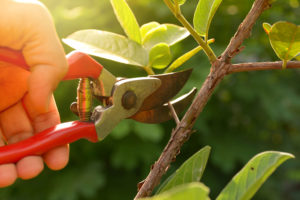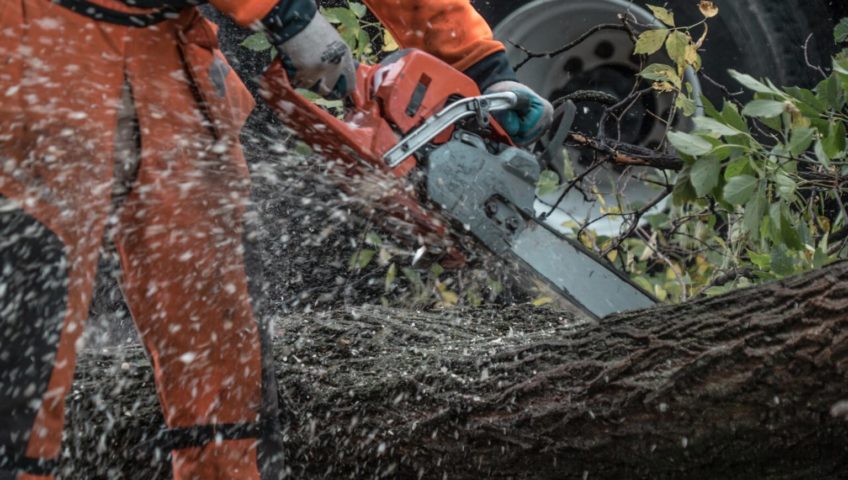Nearly one-third of Minnesota, or 33%, is woody, with 53 native tree species. Minnesota is reliant on its woods in numerous ways. They aid in the purification of drinking water, the provision of habitat for a varied range of plants and animals, the supply of oxygen, the regulation of temperature, and the storage of atmospheric carbon. Wooded areas in the greater Twin Cities, MN metro area offer a lovely playground as well as a peaceful outdoor getaway.
Early fall is the best time to start prepping trees for the winter so they can have a head start in the spring. In the autumn, preventative care and tree health treatments produce a favorable growing environment in the spring. Many trees in neighborhood areas offer shade to the residential localities.
Here’s why you should hire a tree care professional to keep your trees healthy and flourishing throughout the fall time.
Fall Tree Health Maintenance List:

Identify Structural Issues
Trimming tasks should ideally be scheduled after the leaves have fallen. To make good selected cuts, it’s much easier to discern the branch structure of trees and deciduous shrubs. Look for and remove any non-beneficial plant parts. Any dead, damaged, or crossed branches that can be removed are included in this category.
Ensure Future Health
During the fall, tree roots typically produce additional root development. Root systems serve as storage organs or banks, allowing energy to be saved for later use. When branch growth, leafing, and flowering occur in the spring, these starch stores will become active energy on demand.
Hiring a tree care company ensures that the fertilization at this time will keep soil nutrient levels stable and boost root formation, which will encourage new growth in the spring. Supplemental feeding is especially beneficial to newly established trees and those that are younger.
Address Tree Health Concerns
If a tree on your property looks sick or infected, you should contact a specialist for assistance. Arborists are similar to tree surgeons. They can make the proper diagnosis and determine what has to be done to resolve the issue.
Routine Inspection
A tree inspection is a thorough assessment of a tree’s health that a certified arborist can only perform. A detailed analysis may be required for a variety of reasons, but it is a prudent course of action for anyone who owns or administers land with trees to safeguard the public and nearby infrastructure – and, hopefully, to maintain the tree!
Also, replacing mulch is always advantageous to the tree because it provides an extra layer of protection for the root system against temperature fluctuations. It also aids in maintaining soil moisture levels throughout the drier winter months. Maintaining 2-3 inches of decomposed mulch over the tree and landscape’s root zone provides excellent protection.
If necessary, it may also be a perfect time to consider wrapping thin-barked or recently planted trees in protective wraps. Also, one of the reasons to call an arborist is that it’s a good time to check those old tree wraps to make sure they’re still working and aren’t overly tight around the trunk or harboring hidden pest problems— nobody does it better than the professionals.
Tree Health Experts In MN
If you’re needing a trusted tree pruning or health care company to address the trees on your property in the western Twin Cities, MN metro area, contact the experts at Pro-Tree Outdoor Services. Our team is highly trained in tree trimming, removal, health care and many other facets.
Call today!


Write a Comment